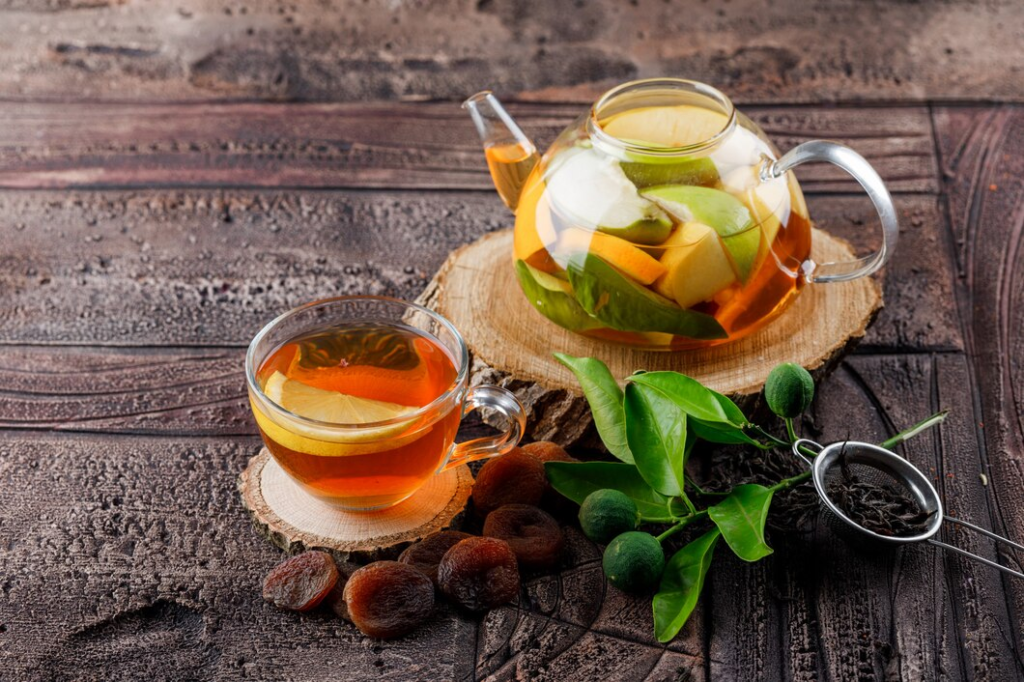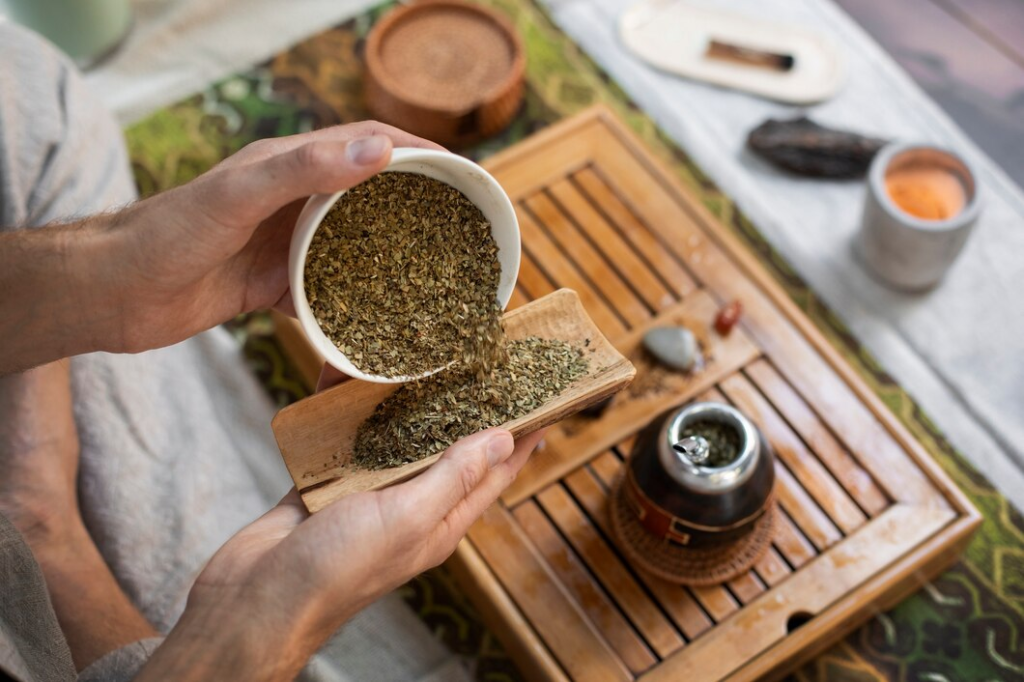DIY Tea Blending: Creating Your Signature Tea Infusions
Introduction
Introduce the art of tea blending and how it allows tea enthusiasts to craft personalized, unique blends suited to their tastes and preferences. Highlight the creativity involved and the joy of experimenting with various herbs, spices, and tea bases.

Understanding the Basics of Tea Blending
Tea Bases :- Explain different types of tea bases such as black, green, white, and herbal teas. Describe their flavor profiles and the best way to pair them with other ingredients.
Enhancing Flavors with Herbs and Spices :- Discuss a variety of herbs and spices like mint, chamomile, cinnamon, and cardamom. Explain how these ingredients can add depth and complexity to the blend. Include tips on the right proportions to maintain balance.

Tools and Techniques for Tea Blending
Essential Equipment :- List and explain the necessary tools for tea blending, including measuring spoons, mixing bowls, and airtight containers. Include recommendations for high-quality tools.
Blending Techniques :- Discuss different blending methods, such as layering, tossing, and shaking. Provide step-by-step instructions on how to blend teas effectively, ensuring consistent flavor distribution.

Creating Unique Flavor Combinations
Exploring Aromas and Tastes :- Guide readers on experimenting with aroma and taste combinations. For example, pairing floral notes with citrus or spicy elements. Encourage creativity while offering guidance on complementary flavors.
Tips for Achieving Balance :- Provide tips on achieving a harmonious balance between various ingredients. Discuss how to avoid overpowering one flavor and losing the subtleties of others. Explain the importance of taste-testing during the blending process.

Storing and Brewing Your Custom Blend
Proper Storage :-Explain the significance of storing custom blends in airtight containers away from light and moisture. Discuss how proper storage maintains the freshness and flavor of the blend over time.
Brewing Recommendations :- Offer brewing instructions specific to the custom blend. Discuss water temperature, steeping time, and the ideal tea-to-water ratio for the best flavor. Provide guidance for different types of blends (caffeinated, herbal) if applicable.

Conclusion
Summarize the art of DIY tea blending, emphasizing the freedom and creativity it offers. Encourage readers to experiment, explore, and enjoy the process of creating their signature tea blends. Mention the satisfaction of sharing these unique blends with friends and family, fostering a sense of community around tea appreciation.


